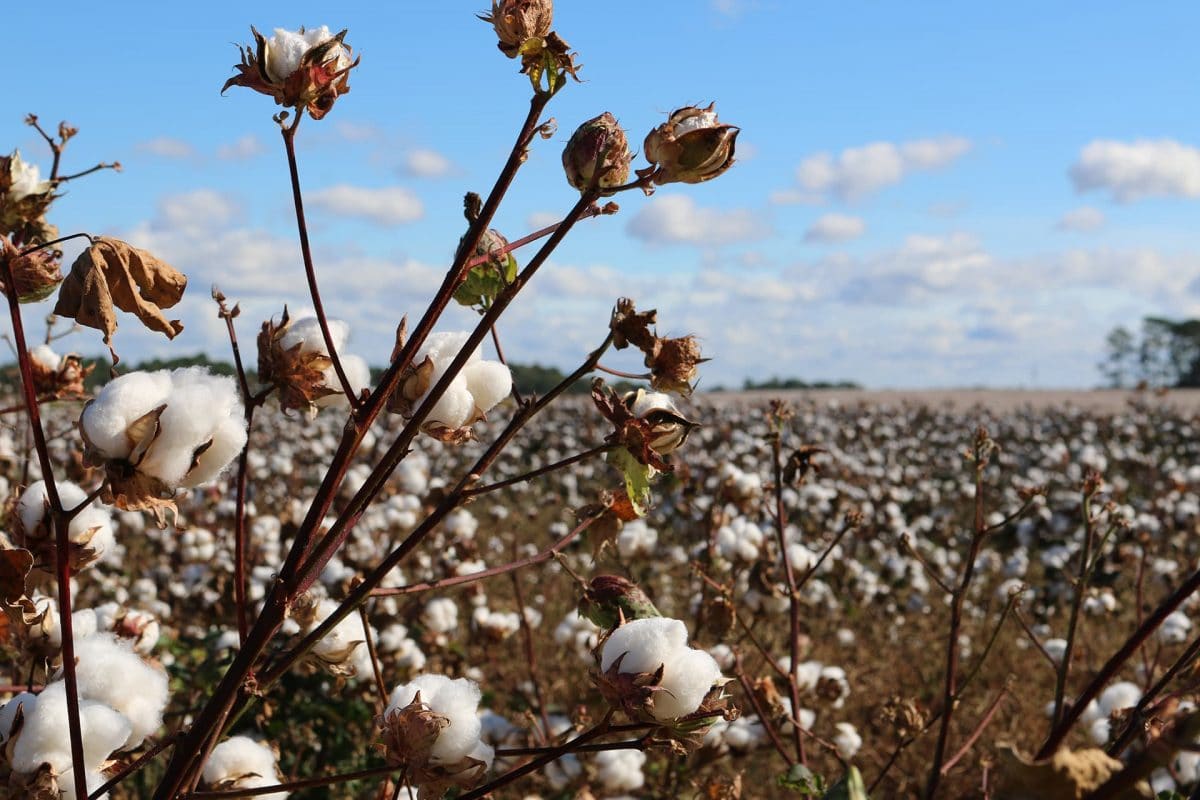Technical
Cotton, civilisation’s staple fabric for 5,000 years
Cotton
In our earlier post, we looked at why we choose higher quality fabrics in our products. In this post we explore one of the most common materials, cotton. Its commonly used by many brands but why does a single fabric vary so immensely in price?
Introduction
Cotton has been utilised as a material for fabric for over 5,000 years. It is a natural plant based fibre with a worldwide market value of over $50 billion, with approximately two thirds used for clothing.
The fabrics come in multiple origins and weaves. For instance, what makes Egyptian cotton special? What makes this material so attractive for clothing? What is Sateen? Lets start with the basics.
Properties and benefits
- It is all natural with no chemicals required in its production, outside dyes.
- Cotton can be extremely soft and luxurious, particularly with longer fibres
- Biodegradable
- Wicks away moisture
- Hypoallergenic
- Becomes stronger when wet
- Doesn’t hold a charge so static is never an issue
- Can be produced organically
- Excellent absorbency makes it ideal for prints
- Absorbency can make it stain easier than some synthetic fibres
Fibre length and why origin matters
Cotton is a staple fibre, meaning it comes in discrete lengths. Staple length, the average size of each fibre, varies with the location it is grown. The definition based on the average length is outlined below.
- Short – <1 inch fibres
- Regular – 1 to 1.1 inch fibres
- Long – >1.1 to 1.25 inch fibres
- Extra long – >1.25 inch fibres
Longer uninterrupted fibres result in an important benefit for the threads, they are stronger. Additional thread strength allows individual threads to be finer resulting in a softer and more luxurious feel. Hence why you may have noticed some cotton sheets feel soft and comfortable, while cheaper sheets can feel like sand paper.
Secondly, longer fibres are typically more porous allowing the fabric to breathe better. This helps wick moisture away from the body and make you feel more comfortable regardless of the weather.
Egyptian cotton, a well regarded origin, can have differing qualities but in general has much longer fibres than those from other countries. Specifically, the average length of high quality Egyptian sources is around 1.5 to 1.7 inches, although not all Egyptian sourced fibres are extra long. By contrast, regular cotton is 1 inch.
Here at Insho, you will often see we choose longer fibre varietals. However, Egypt isn’t where cotton quality stops.
Pima and Supima
As discussed previously it is clear that cotton can vary substantially and just because cotton is from Egypt, doesn’t mean it is the highest quality. Nor does Egyptian cotton mean it is 100% extra long staple, in order to lower the price some companies may blend the product.
Pima cotton is a variety of extra long fibre grown around the world (typically south western USA, Australia and Peru). While it has a slightly shorter fibre length than Egyptian cotton, it is still an extra long staple. This length means it retains many of the benefits associated with Egyptian sources including a more luxurious feel, greater strength and breathability.
Supima is a US marketing trademark that requires supply through controlled channels. This process does ensure the consistency of the product, which has an average fibre length of 1.5 inches. Unfortunately, by restricting it to only US growers, you can pay a premium for an equivalent product.
Different weaves make the fabric
We aren’t going to explore every weave, but if you are interested we encourage you to look at this extensive overview with screenshots. It is worth noting, not all the weaves mentioned are only done with cotton. Many of the different weaves you’ve likely heard of: velvet, sateen, poplin, twill, denim, wrinkle resistant, and there are many more.
These weaves all use cotton, but allow differing textures and properties. A summary of the most common weaves and the benefits are below for reference:
- Crepe – From the French for crimped (say that five times fast!), this weave is common in dresses and evening gowns
- Denim – Durable and sturdy cotton fabric.
- Poplin – A plain weave used commonly for dresses and shirts.
- Sateen – Provides a lustrous feel with a glossy finish.
- Voile – A sheer lightweight weave commonly used in lingerie and blouses.
Summary
Cotton has been used for thousands of years because ultimately it is versatile and has properties that make it comfortable to wear. Your comfort is paramount and so we continuously endeavour to use sustainable and high quality sourced materials not just for the outer but also for the garments inner linings. While this makes our garments slightly more expensive, we are certain you’ll value the benefits.
